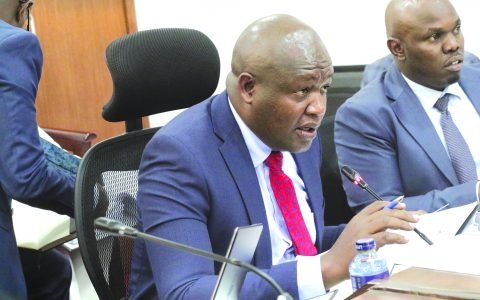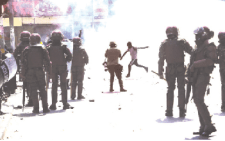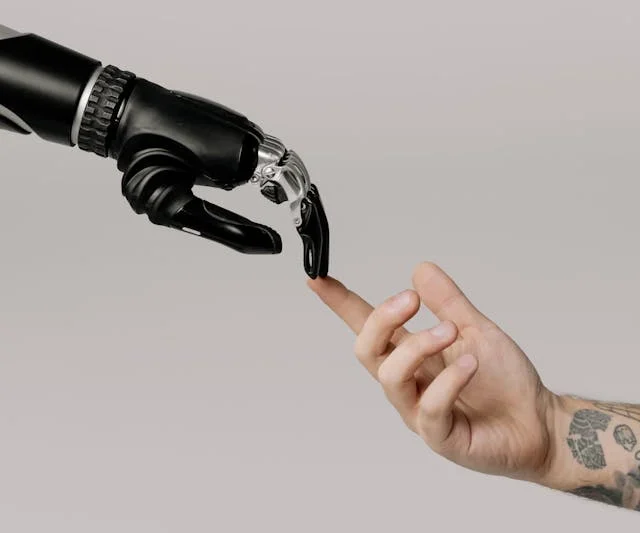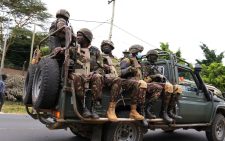Planned BRT chance to integrate universal access
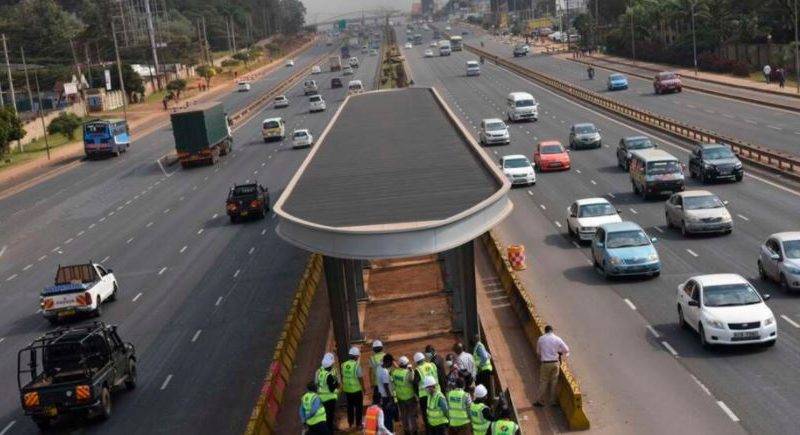
Taking a leisurely walk on Kisumu’s paved sidewalks recently, I was tempted to slow down. The simple fact that the surface was flat and smooth created a sense of safety.
After the defunct Nairobi Metropolitan Services (NMS) led the way, tiling pavements and pedestrian walkways in the central business district and affluent neighbourhoods, the Kisumu government took the cue, embarking on commendable stonework by overlaying sidewalks and making them more inclusive, accessible and safer, especially for people with disabilities (PWDs)
Kisumu County adopted a transport plan in 2020 dubbed Planning for the Future Mobility in Kisumu’. Officials worked with UN Habitat and the Institute for Transportation and Development Policy, a US non-governmental group that develops bus rapid transit systems, and promotes biking, walking, and non-motorized transport. Communications and outreach are an integral part of the plan, per the law.
In Nairobi, successive leaders have spent colossal amounts of annual budgets on ‘beautification’. But the public has often treated such expenditures with disdain, suspicious that the projects are the inventions of wheeler-dealers out to make a killing on investments that barely last a year, let alone the lifespan of the initiating government.
Evans Kidero, the first Nairobi governor, planted flowers and grass along Uhuru Highway that were trampled by pedestrians as soon as they sprouted.
More recently, Nairobi Governor Johnson Sakaja has picked up from where the NMS left off, leaving downtown Nairobi in ruins as contractors uproot all pavements and walkways, ostensibly to replace them with new ones.
The process has been a bit slow, but the decision to make pavements flat and even is commendable. When completed, they will be a boon for PWDs, making the city more inclusive, accessible and hopefully safer.
Accessibility is critical for social and economic inclusion of PWDs. Lack of universal accessibility, especially in Kenya’s transport infrastructure, is one of the barriers that limit PWDs’ participation in the day-to-day governance of the society.
Depending on their design, the built environment and transport infrastructure can enable or impede access and participation of PWDs in social and economic pursuits.
Public institutions have not complied with the required threshold for appointment of PWDs, and the average percentage of their representation in each of the 39 sampled public institutions was only 2.1 percent, said a report on compliance to Article 54(2) of the Constitution on employment of PWDs in public institutions tabled by the National Assembly’s Committee on National Cohesion and Equal Opportunities in February 2024.
Most institutions reported not receiving applications from PWDs, the report added. As a result, only one of the 39 sampled institutions had complied with the legal requirements.
Most public buildings aren’t designed with the needs of PWDs in mind, and are hence inaccessible and unsafe. Add unregulated traffic, uneven footpaths, and inaccessible public transport and this makes mobility a nightmare for PWDs.
It’s time Kenya invested in universal designs that ensure public transport is accessible to PWDs. The planned rollout of a Bus Rapid Transit (BRT) system presents an opportunity to integrate universal access by equipping buses with mechanical lifts or wheelchair ramps to enable independent use by people with physical, sensory, and/or cognitive disabilities.
Other features of a universal design would include dedicated areas for mobility devices, priority seating, and digitised destination signs.
— The writer is the Executive Director of the Kenya National Civil Society Centre; [email protected]
